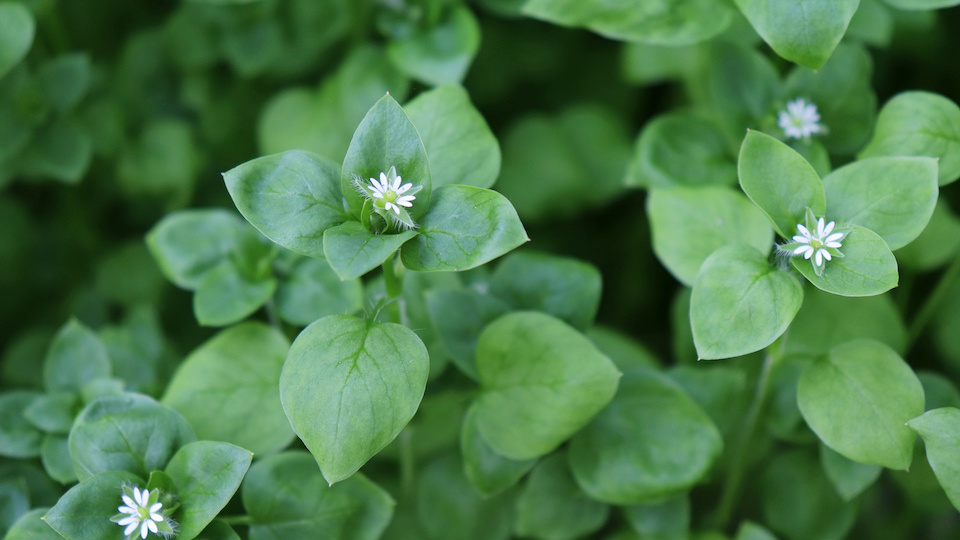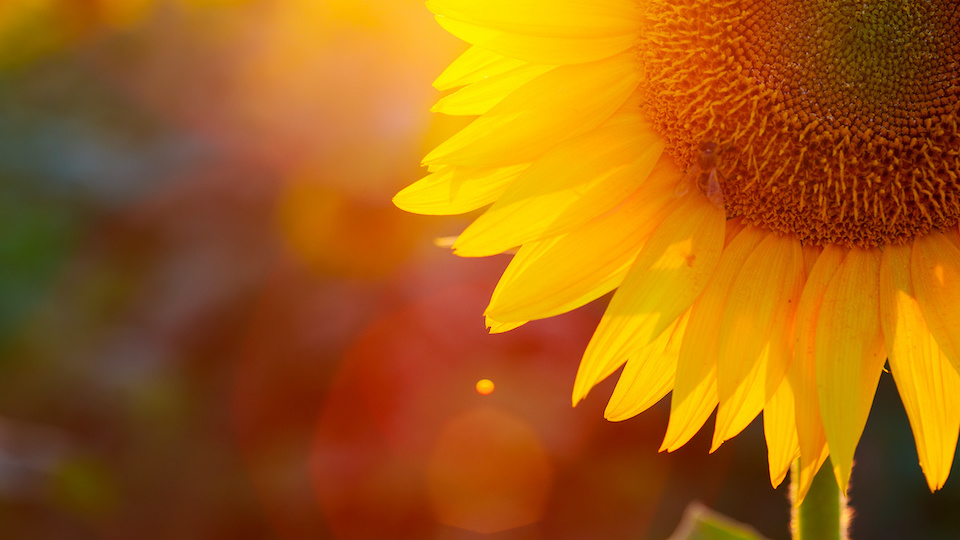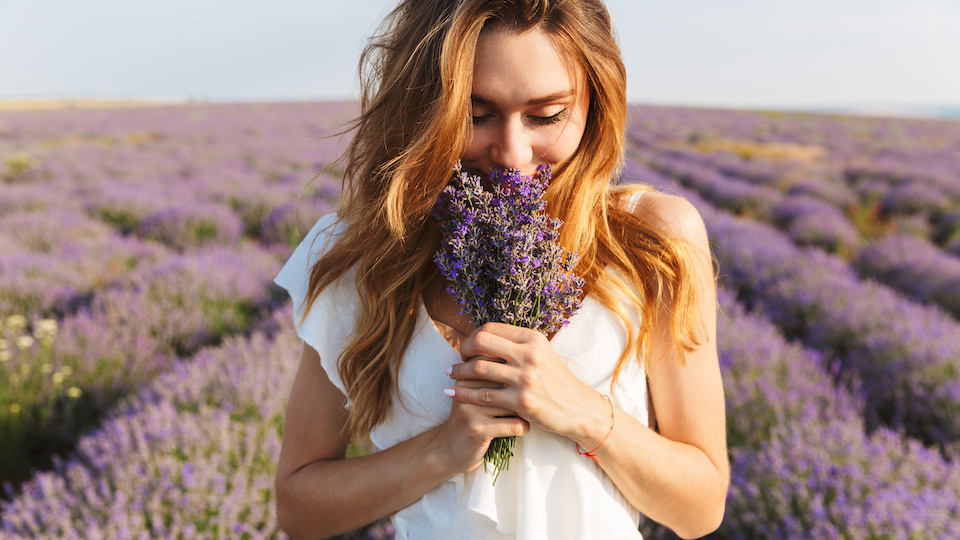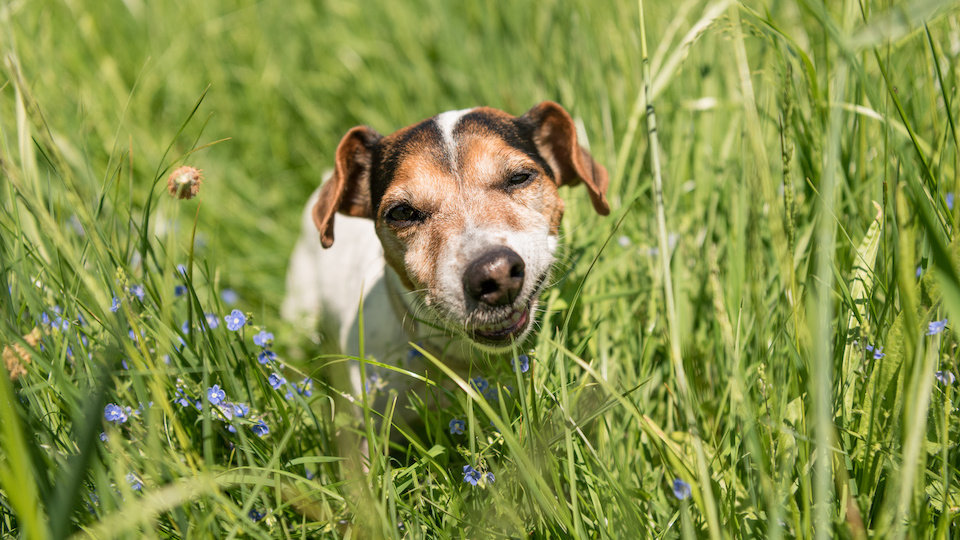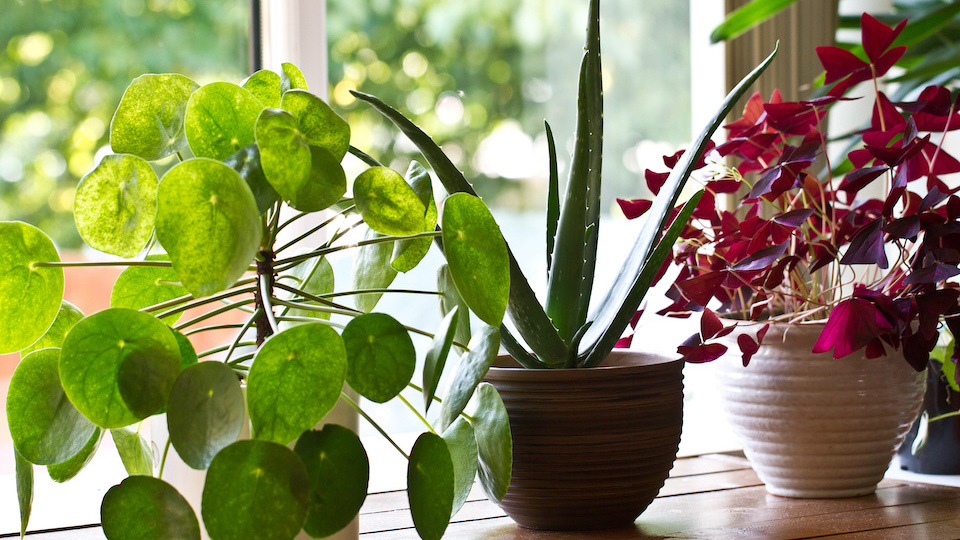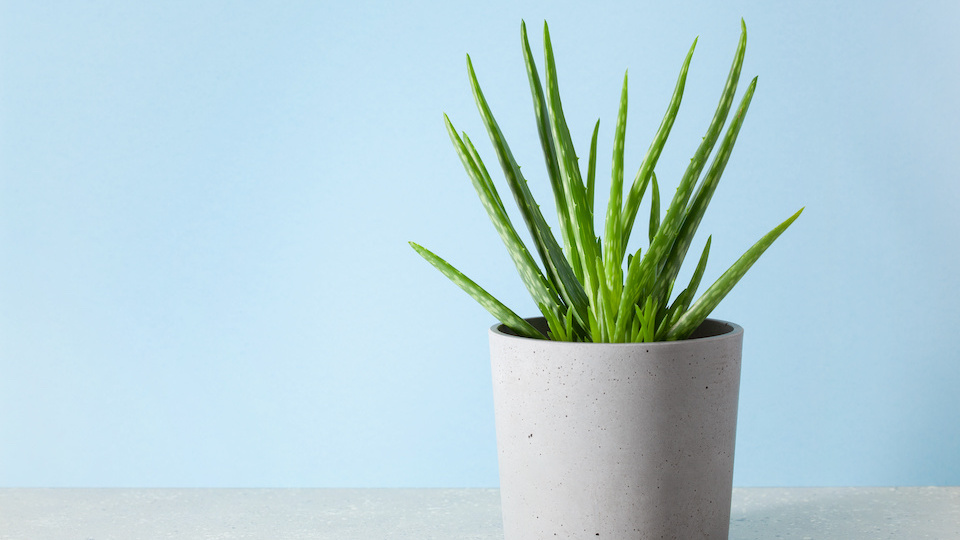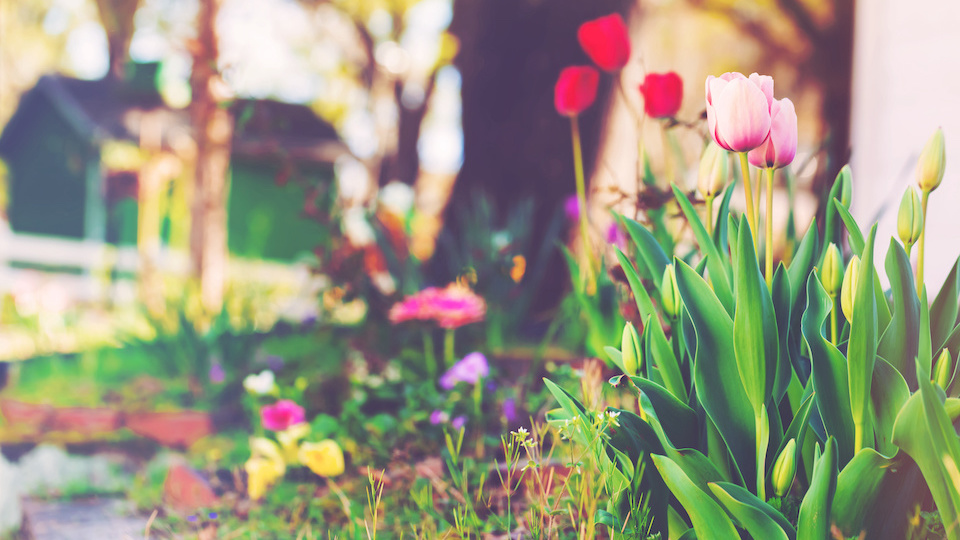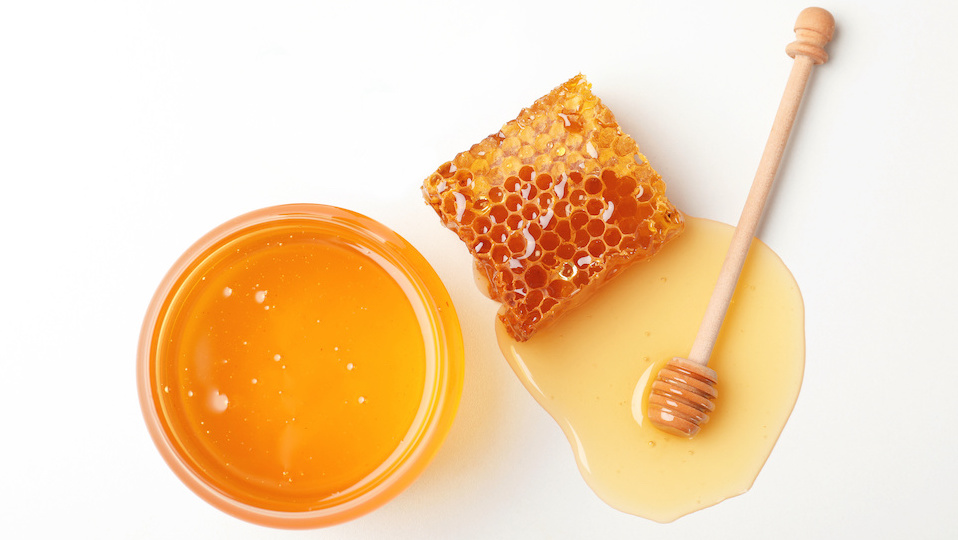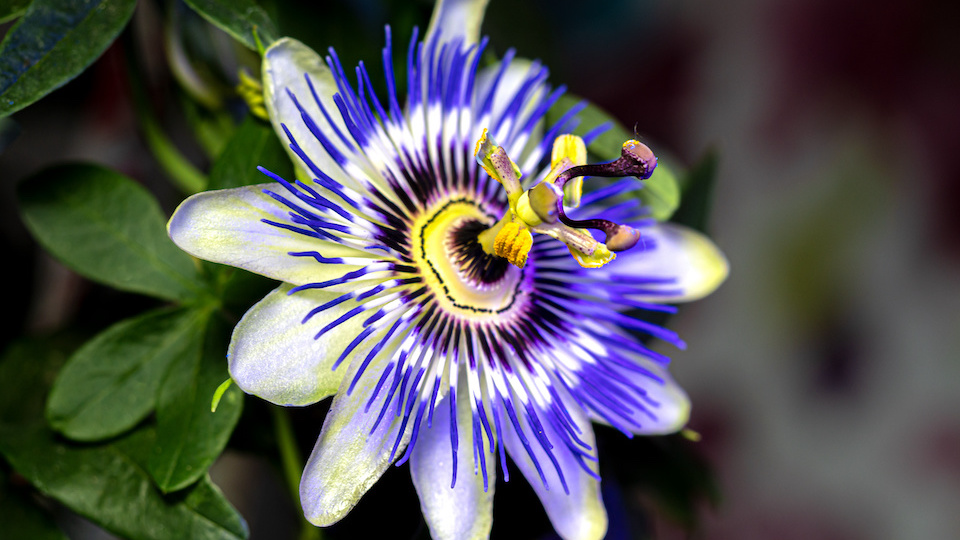This Common Weed Tastes Delicious and Reduces Inflammation
Common chickweed is a plant native to Europe. It has become naturalized throughout the U.S. and other areas of the world. You’ve probably seen it in your lawn and may consider it a weed. It tends to grow in moist soils in full sun or partial shade. But, don’t think too poorly of this common weed – it has tremendous medicinal value and tastes great!


